A partner you can trust
Understanding the Benefits of Twin and Earth Cable for Your Electrical Projects
In the ever-evolving landscape of electrical projects, understanding the intricacies of the materials we use is paramount. Among these materials, the twin and earth cable stands out for its exceptional reliability and versatility. As industry expert John Smith, a renowned electrical engineer, aptly stated, "The twin and earth cable is the backbone of modern electrical installations, providing both safety and efficiency in a single solution." His insights underscore the importance of selecting the right wiring for both residential and commercial applications.
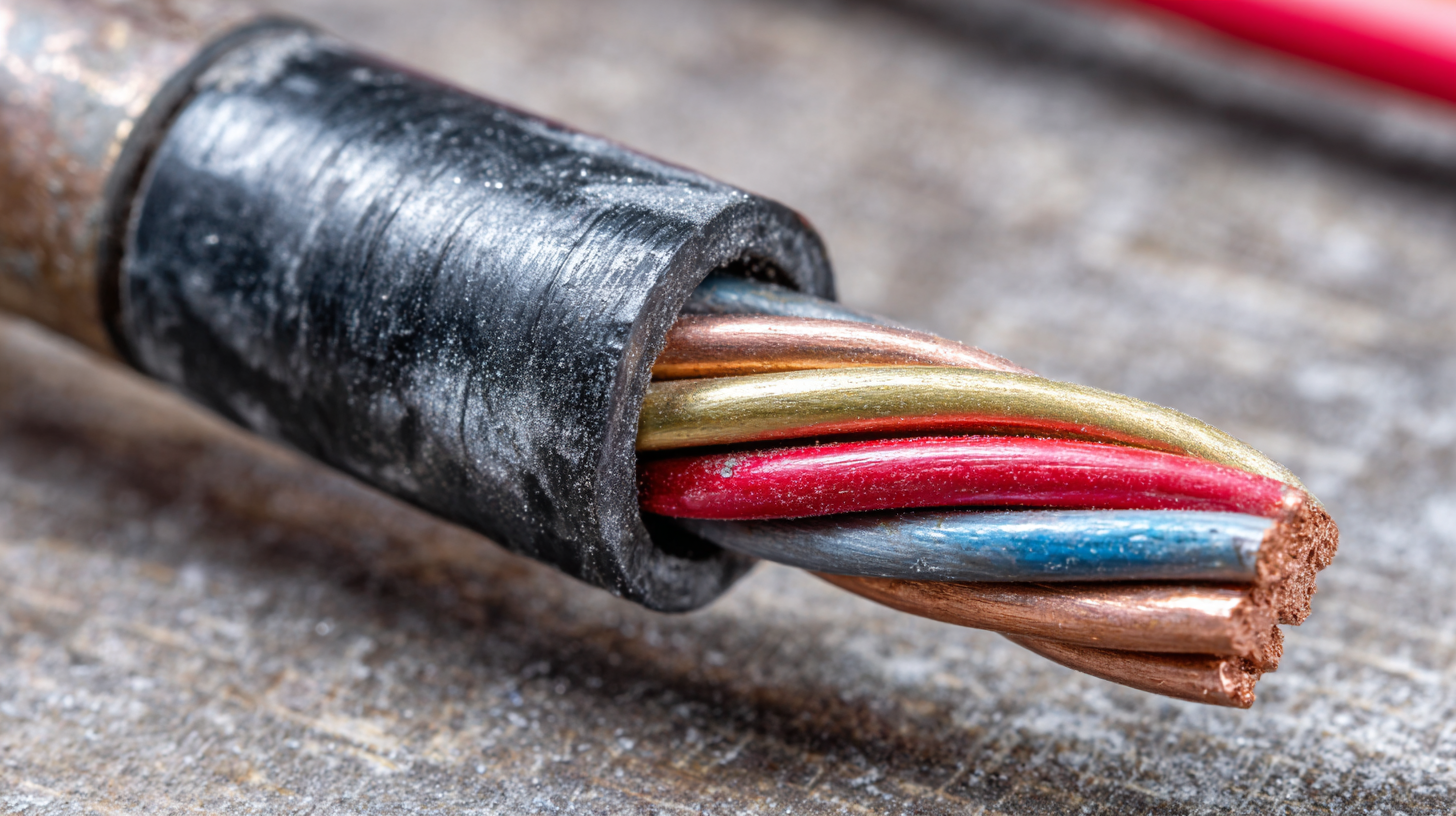
The twin and earth cable offers significant advantages, including ease of installation, reduced space requirements, and enhanced performance in various conditions. This type of cable features two insulated conductors and a bare earth wire, making it ideal for applications ranging from lighting circuits to power distribution. By delving into the benefits of twin and earth cable, we can better appreciate its role in ensuring safe and effective electrical systems. As we explore the features and uses of this indispensable cable, it becomes clear why it continues to be a preferred choice for electricians and contractors alike.
Advantages of Twin and Earth Cable in Residential Wiring
Twin and Earth cable is a popular choice in residential wiring due to its combination of simplicity, efficiency, and safety. Comprising two insulated conductors for live and neutral connections, alongside an uninsulated earth conductor, this type of cable provides a convenient all-in-one solution. The robust construction of Twin and Earth cable means it can withstand wear and tear, making it ideal for both internal wiring and installations that may be exposed to various environmental factors.
One of the primary advantages of using Twin and Earth cable is its ease of installation. The flat profile allows for easy routing in tight spaces, while its flexibility helps in navigating around corners and obstacles. Moreover, the built-in earth wire enhances safety by providing a pathway for fault currents, significantly reducing the risk of electrical shock or fire. For residential projects, where safety and reliability are paramount, Twin and Earth cable offers a trustworthy option that meets regulatory standards while ensuring efficient electrical performance.
Versatility of Twin and Earth Cable for Various Electrical Applications
 Twin and Earth cable stands out as a highly versatile solution in various electrical applications, making it a preferred choice for many electrical projects. This type of cable consists of two insulated conductors and a bare earth wire, which simplifies installation and enhances safety. Its flexibility allows it to be used in a wide range of settings, from residential wiring to commercial installations, ensuring efficient power distribution without compromising on quality.
Twin and Earth cable stands out as a highly versatile solution in various electrical applications, making it a preferred choice for many electrical projects. This type of cable consists of two insulated conductors and a bare earth wire, which simplifies installation and enhances safety. Its flexibility allows it to be used in a wide range of settings, from residential wiring to commercial installations, ensuring efficient power distribution without compromising on quality.
One of the key advantages of Twin and Earth cable is its durability and resistance to environmental factors. This cable type can effectively handle both indoor and outdoor applications, providing reliable performance even in challenging conditions. Additionally, its ability to accommodate different electrical loads makes it suitable for lighting circuits, power supply, and even in industrial settings. As electrical projects become more complex, the adaptability of Twin and Earth cable continues to make it an essential component for engineers and electricians worldwide.
Comparative Cost Analysis: Twin and Earth vs. Other Cable Types
When considering electrical projects, it's important to analyze the cost implications of using
Twin and Earth cable compared to alternative cable types.
Twin and Earth cable is often favored for its efficiency and reliability, especially in domestic wiring.
It typically consists of two insulated conductors and a bare earth wire, offering a balanced option in terms of both
wear and cost. The installation costs for Twin and Earth cables
tend to be lower than for other types, as they are easier to handle and can be run without additional protective tubing in
many scenarios.
Tip: To maximize savings, consider purchasing
Twin and Earth cable in bulk. This approach not only reduces material costs
but also minimizes waste during installation.
When contrasting Twin and Earth with other cables, such as Armored or flexible cables, the initial cost of
Twin and Earth typically emerges as more economical. However, it’s essential to factor in the specific demands of
each project. For example, if the installation occurs in a high-risk environment, investing in more robust options
might be necessary despite the added expense.
Tip: Always consult local building codes to ensure
that your chosen cable meets safety regulations, which can ultimately prevent costly modifications down the line.
Safety Features of Twin and Earth Cable in Electrical Installations
Twin and earth cable is a key component in the electrical installation sector, widely recognized for its safety features. This type of cable typically consists of two insulated conductors and one uninsulated earth wire, providing a reliable method for electrical distribution. According to the International Electrotechnical Commission (IEC), the design of twin and earth cables facilitates effective protection against electrical shocks, making them a preferred choice for countless private and commercial installations.

The safety features inherent in twin and earth cables include their robust insulation and the presence of an earth wire that minimizes the risk of electrical faults. The National Electrical Code (NEC) emphasizes the importance of grounding in reducing the chances of fire hazards and electrical accidents in residential and commercial properties. Additionally, data from the Electrical Safety Foundation International (ESFI) indicates that proper use of grounded cables can reduce the likelihood of electrical injuries by up to 30%. This underscores the role of twin and earth cables not just in compliance with safety regulations, but also in enhancing the overall safety of electrical systems.
Installation Tips for Maximizing Twin and Earth Cable Performance
When working with twin and earth cable, careful installation is key to maximizing its performance and longevity. First, ensure that you select the appropriate size and type of cable based on the electrical load and application. The conductors in twin and earth cables are usually made from copper, which offers excellent conductivity; however, it is crucial to consider factors such as ambient temperature and potential voltage drop over long distances. To achieve optimal results, use the correct connectors and junction boxes that can accommodate the cable's insulation and size without compromising safety.
Moreover, proper installation techniques significantly affect the efficiency of twin and earth cables. Make sure to strip the insulation carefully to avoid damaging the conductors. When routing the cable, maintain a neat layout, avoiding sharp bends or kinks that may weaken the cable over time. It is also advisable to use suitable cable clips to secure the cable in place, ensuring it does not become a tripping hazard while protecting it from external damage. Implementing these tips not only enhances the performance of your electrical system but also contributes to a safer installation.
Understanding the Benefits of Twin and Earth Cable for Your Electrical Projects - Installation Tips for Maximizing Twin and Earth Cable Performance
| Dimension | Value |
|---|---|
| Cable Type | Twin and Earth |
| Common Uses | Domestic wiring, lighting circuits, and power supply |
| Cross-sectional Area | 1.0 mm², 1.5 mm², 2.5 mm², 4 mm² |
| Voltage Rating | 300/500V |
| Current Rating | Up to 27 Amps (depending on installation conditions) |
| Installation Environment | Indoor, dry, and fixed installations |
| Conductor Material | Copper |
| Insulation Type | PVC (Polyvinyl Chloride) |
| Benefits | Cost-effective, easy to install, durable, and reliable |
| Installation Tips | Ensure proper stripping of insulation, avoid tight angles, and use appropriate connectors |
Related Posts
-

Essential Guide to Understanding Twin and Earth Cable Specifications and Applications
-
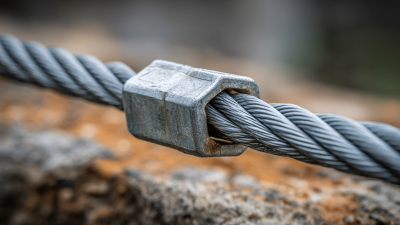
Exploring the Benefits of Shielded Power Cable for Enhanced Electrical Performance
-

Exploring EV Ultra Cable Innovations at the 2025 China Import and Export Fair with Market Growth Projections
-
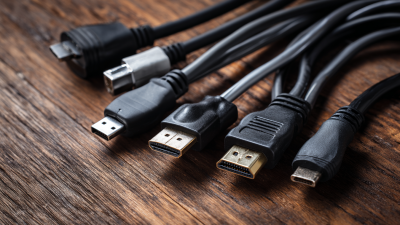
Discover the Benefits of Using Flat Power Cables for Hassle Free Connectivity
-

Understanding the Importance of Cooker Cable in Modern Kitchen Appliances
-

Emerging Trends in Electric Cable Industry Insights from China Import and Export Data at the 2025 Canton Fair
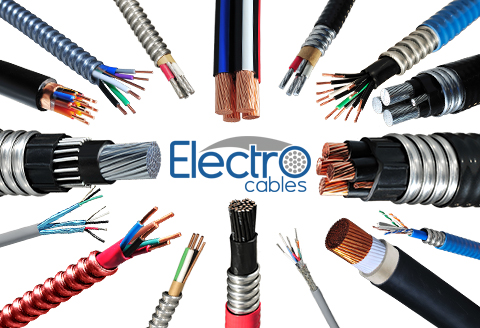
Products
Products
LEARN MORE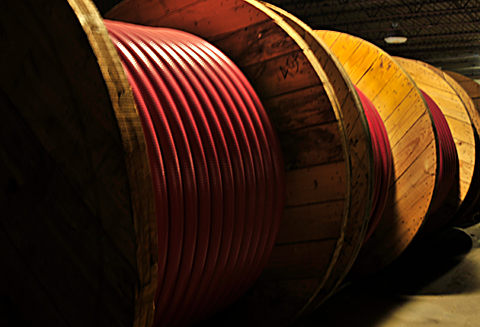
Current Inventory
Current Inventory
LEARN MORE
Custom Solutions
Custom Solutions
WE CAN HELPLighting Power & Control-Signal Cable
This content is restricted to site members. If you are an existing user, please log in. New users may register … LEARN MORE “Lighting Power & Control-Signal Cable”
LOOKING
FOR HELP?
We are here to help. You can contact us or create an account online to have access to special products, technical specifications and our new online quote tool.
ELECTRO CABLES
9 Riverside Drive
P.O. Box 276
Trenton, Ontario
CANADA K8V 5R5
N.A. Toll Free: 888-ELECTRO
(1-888-353-2876)
World: 613-394-4896
Fax: 613-394-4101
Email: sale@machinecables.com
We manufacture cables that are certified by the Canadian Standards Association (CSA), listed by Underwriters Laboratories and/or listed by Intertek (ETL).
Our quality management system is registered to ISO 9001: 2015. Our team is dedicated to consistently providing quality service and products to our customers.

© 2025 ELECTRO CABLES • SITE BY SNAP 360•
